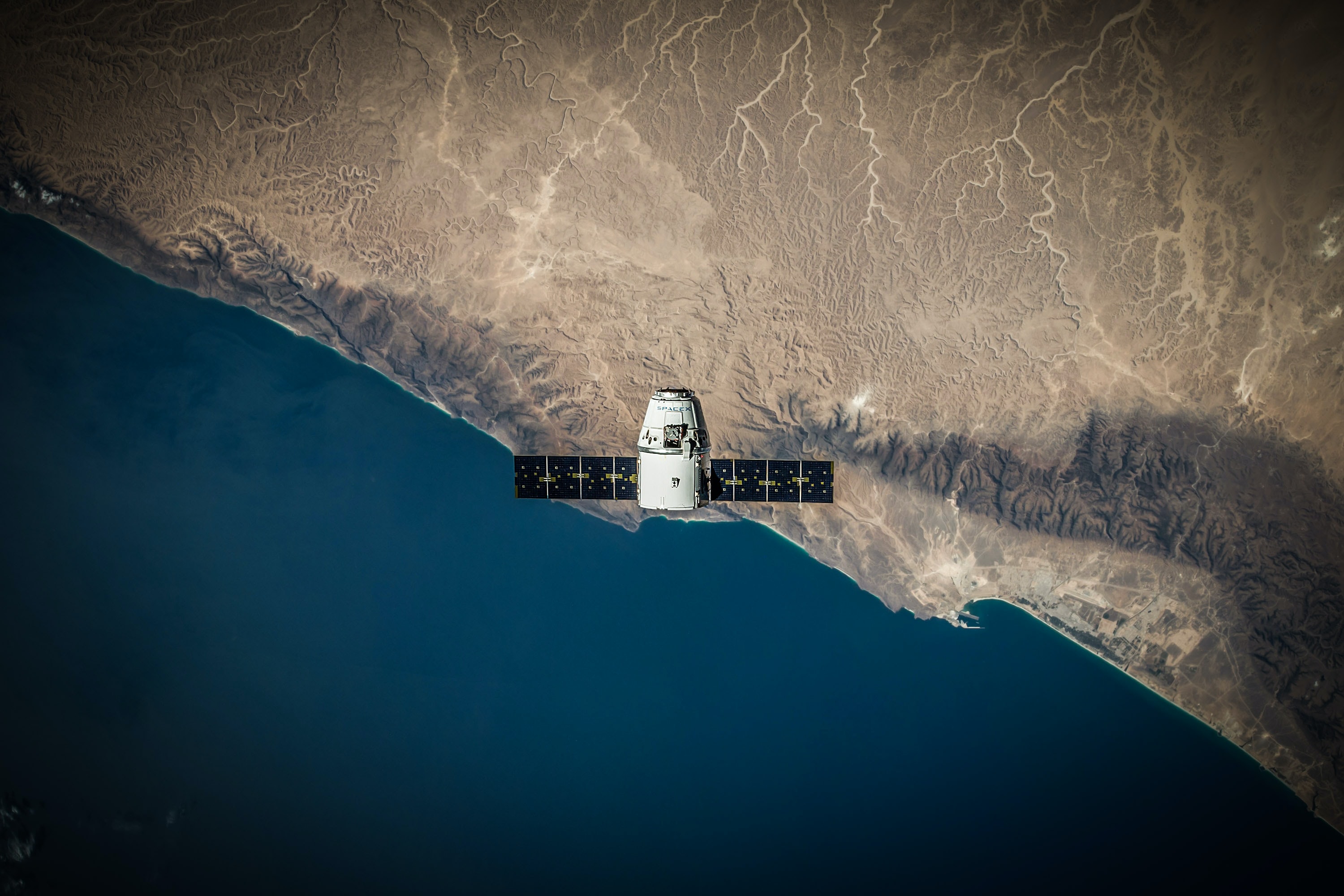Starlink satellite internet is set for liftoff

With already 1,500 satellites in orbit, Starlink’s space-beaming internet service will be available worldwide in August, SpaceX CEO Elon Musk said.
What’s new: Starlink now has 69,420 (a favorite number of Musk's) active users in 12 countries. While Starlink is still deeply in the red, Musk said SpaceX plans to spend between $5 billion and $10 billion before the company is cash positive. In total, SpaceX is prepared to spend about $30 billion in Starlink long-term to keep Starlink in orbit.
“It’s quite a lot. And then if you say how much are we going to invest even after it goes positive cash flow? Well, I think we’ll have to keep investing a great deal in order to not be made irrelevant by continued improvements in cellular or lower cost, geosynchronous satellites.” —SpaceX CEO Elon Musk
Starlink 101: Powered by a projected network of 12,000 satellites, Starlink hopes to provide high-speed internet across the entire globe with speeds up to 100Mbps download and 20Mbps upload. The service is still in beta but the network already can output about 30 terabytes of data per second, Musk said. Most cable ISPs' fastest plans hover around the 200-300Mbps — far below the 1Gbps that Starlink aims to achieve.
Starlink goals: When your parent company has an arsenal of reusable rockets that can deploy satellites by the dozens, you’re free to set ambitious objectives. Musk believes Starlink can realistically ink 500,000 customers over the next year that are willing to pay $99 per month for the service and $500 for the receiver. In 2020, Musk said Starlink projects $30 billion in annual revenue, which would entail tens of millions of subscribers. That would put it on par with Tesla's $31.5B in annual revenue.
Mission critical: Starlink’s most pressing objective is to avoid bankruptcy. Musk giggled to himself at the Mobile World Congress on June 28 when noting that every other low-Earth orbit communications network, such as OneWeb, that’s ever been attempted has gone bankrupt — and many of them went defunct before their networks were even fully deployed.
Telecom partners: Another lucrative revenue stream for Starlink is partnerships with telecom providers. Musk said that SpaceX signed non-disclosed deals with two “major country” telecommunications companies to supplement their fiberoptic networks and 5G capabilities.
That’s wild: On May 26, SpaceX launched a whopping 60 Starlink satellites at once via a previously-used Falcon 9 booster.
The gripes: Who isn’t happy about Starlink’s plans? Astronomers. Starlink satellites are 60 times closer to the Earth than traditional satellites and are highly reflective. The additional light in the Earth’s lower atmosphere is disrupting astronomers’ observations of the night sky.
Appeasing astronomers: Moving forward, Starlink will equip all its satellites with VisorSat, a deployable fin that blocks sunlight from hitting the vessels’ most reflective parts. Starlink also made a software update that adjusts the angle at which satellites fly so that they orbit the globe with the satellite knife-edge toward the Sun.
Orbiting the digital divide: Starlink may be able to help the world bridge the digital divide that closes off many people from participating in the modern digital economy. The Federal Communications Commission reports 21.3 million Americans lack access to broadband internet — although BroadbandNow Research estimates it's closer to 42.8 million unconnected people.
The divide’s cost: The U.S. loses about $2.16 of potential economic activity every day that a person is not connected to the internet, according to a Deloitte analysis. That translates to about $130 million in lost opportunity every day.
What do you think of Starlink’s plans? Do you plan to use the service? Share your thoughts below.

I really like its portability, there are other global satellite systems that provide internet access but this is very cost-effective and with high throughput. You could easily hook this system up from your RV while you're in the middle of a desert. Bringing internet access to everywhere at that price point is going to be a big deal, not sure if its a 30 billion per year big deal - you would need 25 million people globally - it might be doable - hey $100/month and you get internet and streaming audio/video services - no cable, no cable outages...
At least for now, the receiver is geo-fenced so it can’t be moved. They also require a fairly wide view of open sky and won’t work anywhere with trees. You can download the Starlink mobile app to see if you have enough clear sky for it to work.
Agreed. I'm excited about it for working amid van adventures and "off-the-grid" trips
Great share, Bobby!